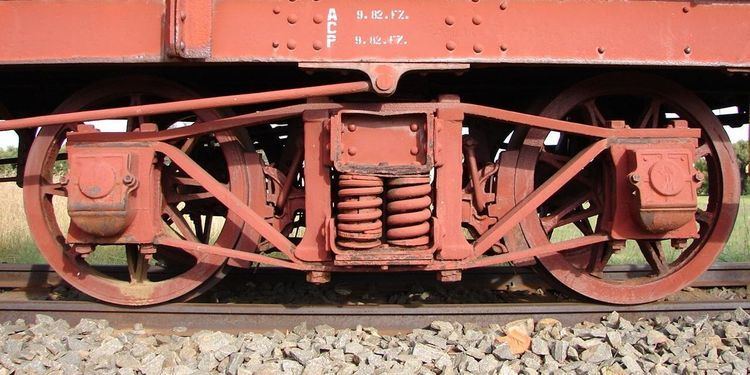Configuration 2-axle bogies | In service 1911 | |
 | ||
Gauge 3 ft 6 in (1,067 mm) Cape gauge | ||
The South African type XM4 tender was a steam locomotive tender.
Contents
Type XM4 tenders entered service in November 1911, as tenders to the second batch of 2-6-6-2 Superheated Mallet type steam locomotives which were delivered to the Central South African Railways in that year. These locomotives were designated Class MF on the South African Railways in 1912.
Manufacturer
Type XM4 tenders were built in 1911 by the American Locomotive Company (ALCO).
In November 1911, the Central South African Railways (CSAR) placed a second batch of five 2-6-6-2 Mallet articulated compound steam locomotives in service, built by ALCO. These locomotives were designated Class MF on the South African Railways (SAR) in 1912. The Type XM4 tender entered service as tenders to these five engines.
Characteristics
As built, the tender had a coal capacity of 10 long tons (10.2 tonnes) and a water capacity of 4,000 imperial gallons (18,200 litres), with an average maximum axle load of 12 long tons 15 hundredweight (12,950 kilograms). It rode on diamond frame bogies with a 5 feet 10 inches (1,778 millimetres) wheelbase per bogie.
Locomotive
In the SAR years, tenders were numbered for the engines they were delivered with. In most cases, an oval number plate, bearing the engine number and often also the tender type, would be attached to the rear end of the tender.
Only the second batch of five Class MF locomotives were delivered new with Type XM4 tenders. They were numbered in the range from 1629 to 1633, directly onto the SAR roster, marking the introduction of the SAR renumbering scheme under the Union programme.
Classification letters
Since many tender types are interchangeable between different locomotive classes and types, a tender classification system was adopted by the SAR. The first letter of the tender type indicates the classes of engines to which it can be coupled. The "X_" tenders could be used with the locomotive classes as shown.
The second letter indicates the tender's water capacity. The "_M" tenders had a capacity of 4,000 imperial gallons (18,200 litres; 4,800 US gallons).
A number, when added after the letter code, usually indicates differences between similar tender types, such as function, wheelbase or coal bunker capacity.
